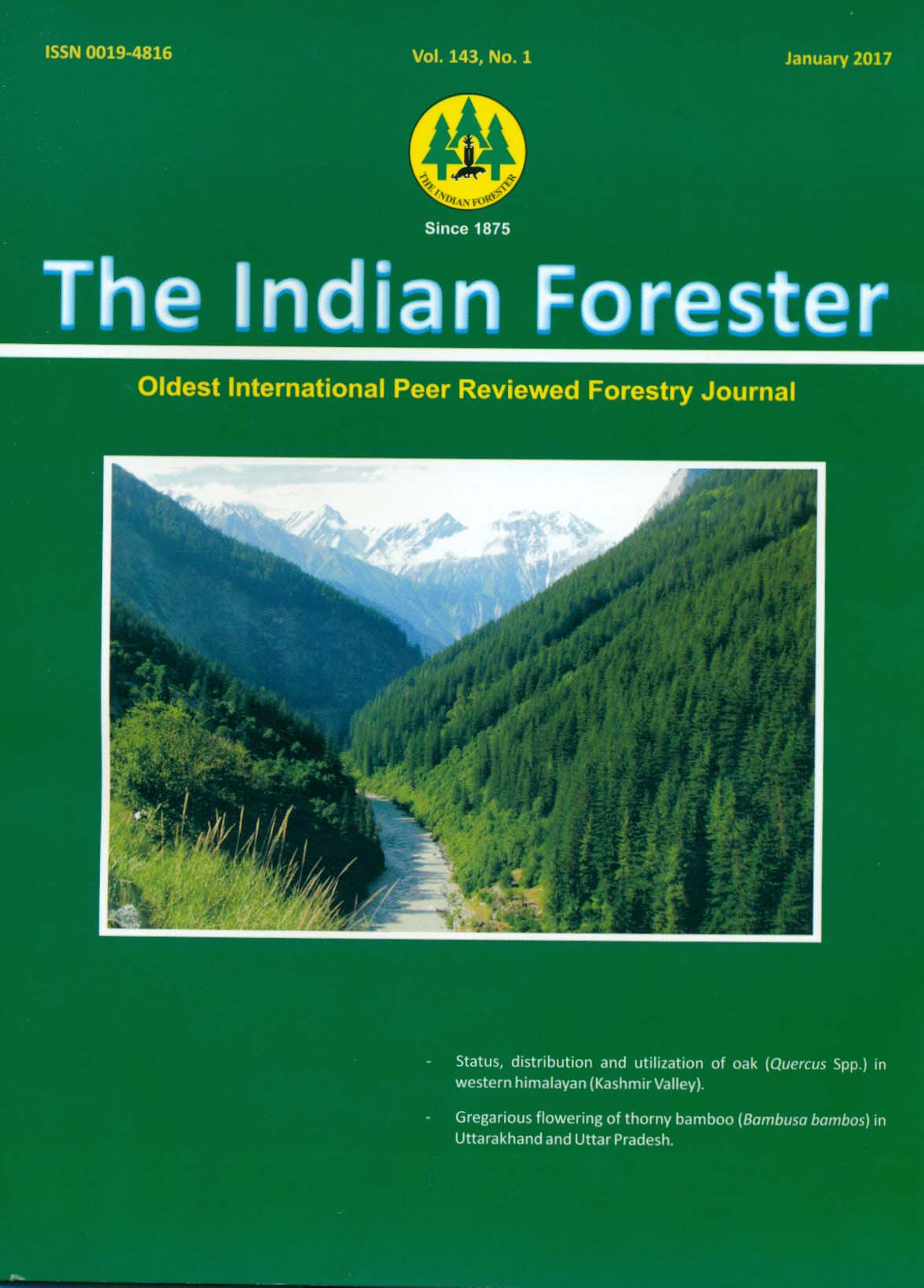Ascosporogenesis in Gyromitra esculenta (Discinaceae, Pezizales), a Poisonous Mushroom of North East India
DOI:
https://doi.org/10.36808/if/2017/v143i1/113516Abstract
No Abstract.References
Gibson J.L. and Kimbrough J.W. (1988A). Ultrastructural observations on Helvellaceae (Pezizales). Ascosporogenesis of selected species of Helvella, Canadian J. Botany, 66: 771–783.
Gibson J.L. and Kimbrough J.W. (1988B). Ultrastructural observations on Helvellaceae (Pezizales). ii. Ascosporogenesis of Gyromitra esculenta, Canadian J. Botany, 66:1743–1749.
Harmaja J. (1973). Amendments of the limits of the genera Gyromitra and Pseudorhizina, with the description of a new species Gyromitra montana. Karstenia, 13:48–58.
Harmaja J. (1979). Notes on Gyromitra esculentaand G. recurva, a noteworthy species of western North America. Karstenia, 19:46–49.
Kimbrough J.W., Wu C.G. and Gibson J.L. (1990). Ultrastructural observations on Helvellaceae (Pezizales, Ascomycetes). IV. Ascospore ontogeny in selected species of Gyromitra subgenus Discina, Canadian J. Botany, 68:317–328.
Medel R. (2005): A review of the genus Gyromitra (Ascomycota, Pezizales, discinaceae) in Mexico, Mycotaxon, 94:103–110.
O'Donnell K., Cigelnik E., Weber N. and Trappe J. (1997). Phylogenetic relationship among ascomycetous truffles and the true and false morels inferred from 18S and 28S ribosomal DNA sequence analysis, Mycologia, 89: 48–65.
Downloads
Downloads
Published
How to Cite
Issue
Section
License
Unless otherwise stated, copyright or similar rights in all materials presented on the site, including graphical images, are owned by Indian Forester.





